When I was a little girl, I loved spending the night at grandma’s house, except I was not fond of bedtime. When it was announced I would complain, “but I’m not tired!” So grandma would use her teapot to make chamomile tea. Grandma seemed to think chamomile tea could cure everything, including sore throats, tummy aches, and colds.
Chamomile has a lovely floral fragrance, which (in my opinion) is not appealing to children. I was raised to be respectful and polite, so of course I drank the tea. Luckily, grandma didn’t mind that I added the honey.
Now that I’m older, chamomile is my favorite tea of choice for inducing soporific effects. Although I must admit another good choice is a glass of red wine…which studies now show doesn’t actually help you sleep in the long run. So probably I should stick to chamomile.
Chamomile (Matricaria recutita) is a warm season annual, which means it must be replanted every spring. It grows to 2 feet tall and 1 1/2 feet wide. Give this herb full sun and moderate water and allow it to dry out between watering. Chamomile has light green, fern-like foliage and small flowers that resemble daisies. There’s another type of chamomile (Chamaemelum nobile) which is also very fragrant, but its main use is as a lawn substitute.
If you have an upset stomach, mint (Mentha species) is also a great remedy. You can use peppermint or spearmint leaves. The aroma is wonderful, and the soothing results are almost immediate in my experience. Mint plants need regular water, so choose a location near a faucet or install drip irrigation. Mint takes full sun or partial shade.
Before planting, it’s important to note that plants in the mint family can (and will) take over your garden. They spread by creeping underground stems. Keep all plants in the mint family (including lemon balm) contained in a pot or a small garden plot. In cool winter climates, mint may die back and should be treated as an annual. In areas with a mild winter, plants may regrow in spring.
To make herbal tea, it helps to have an adorable, flowery tea pot (or a manly teapot if you prefer) which adds a proper ambiance to any occasion. Other practical items include tea balls, teaspoons and tiny spoon saucers. Honey is also worth mentioning (again).
To prepare tea using fresh leaves, use 2 tablespoons per cup of tea. For making tea from dried leaves, use 1 tablespoon per cup. Gently “stuff” tea balls with leaves and place in each tea cup. Let the tea steep for least 5 minutes before drinking.
Bon appe’tea’!
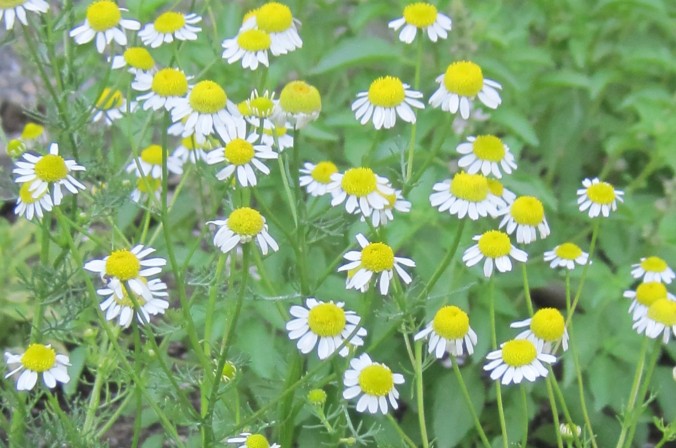
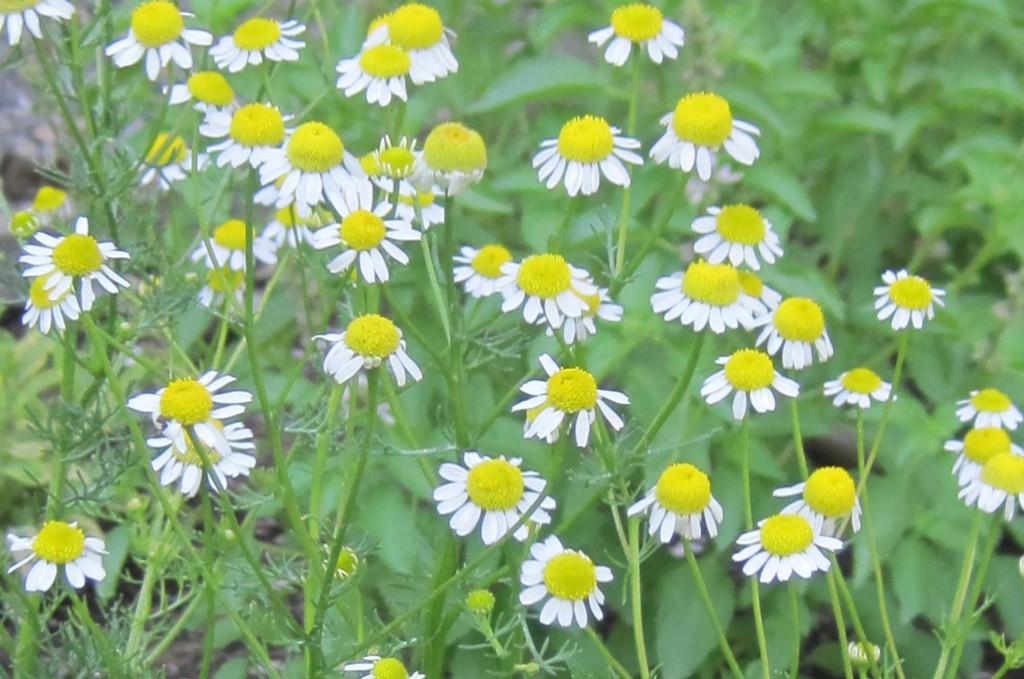
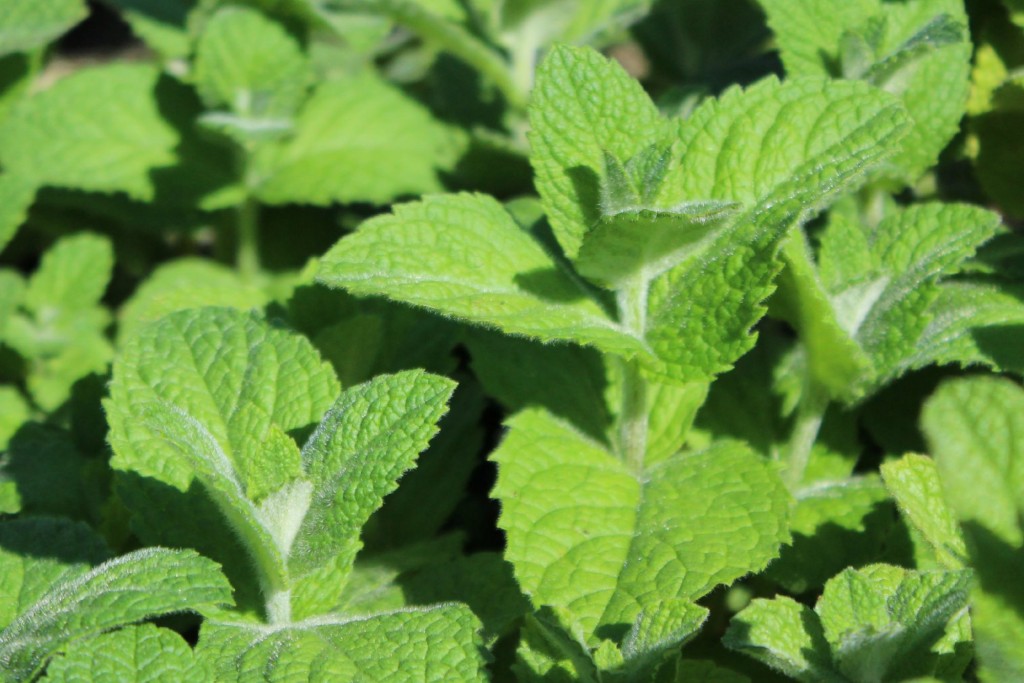
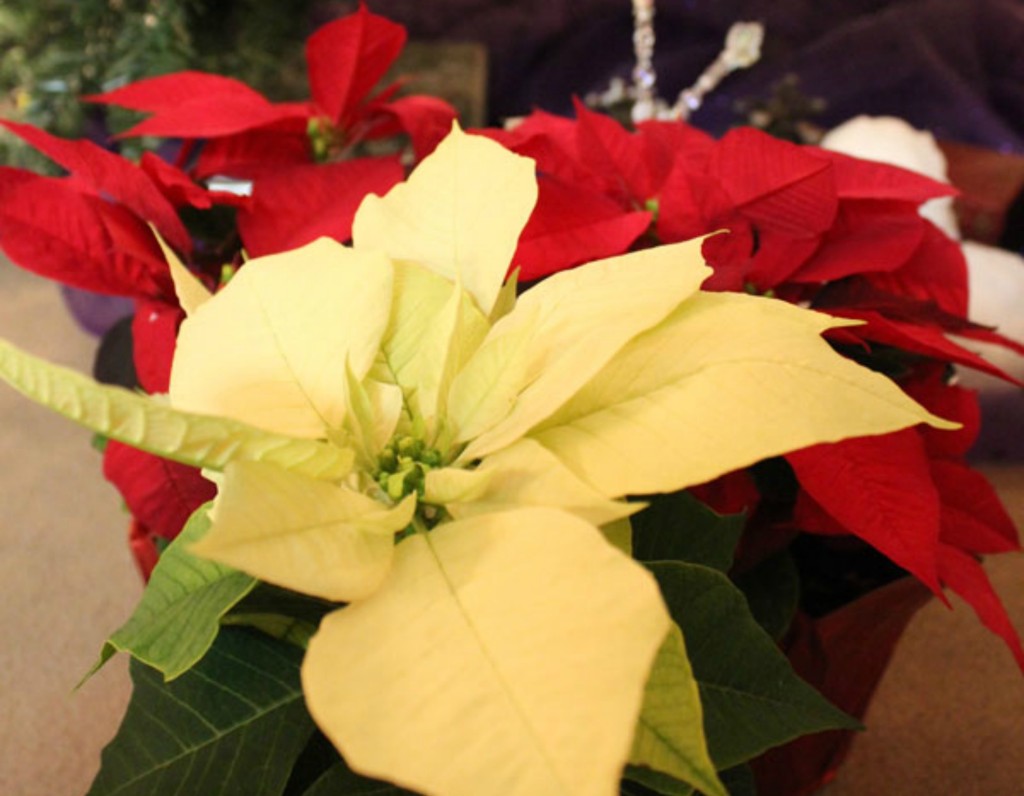

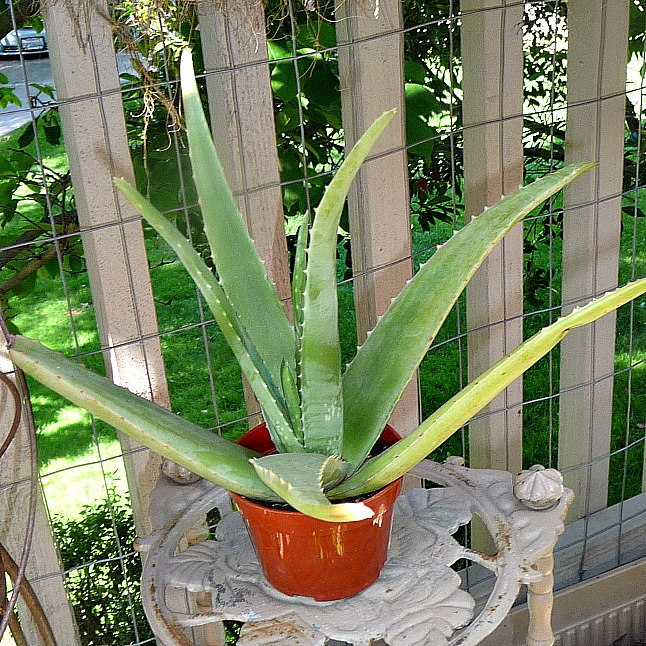

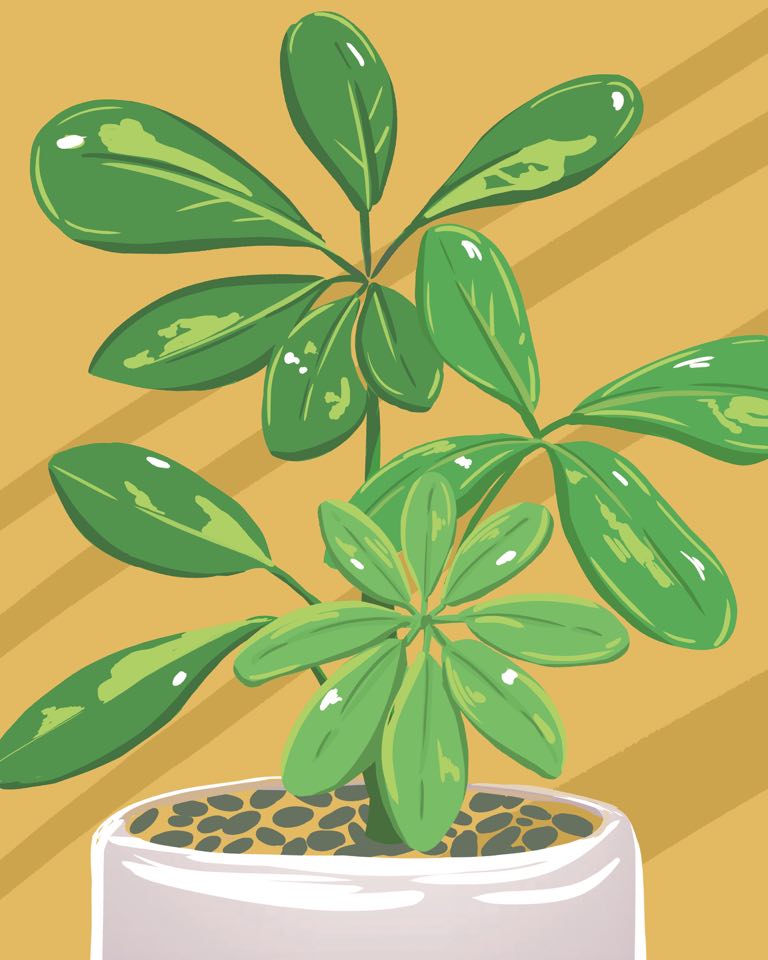
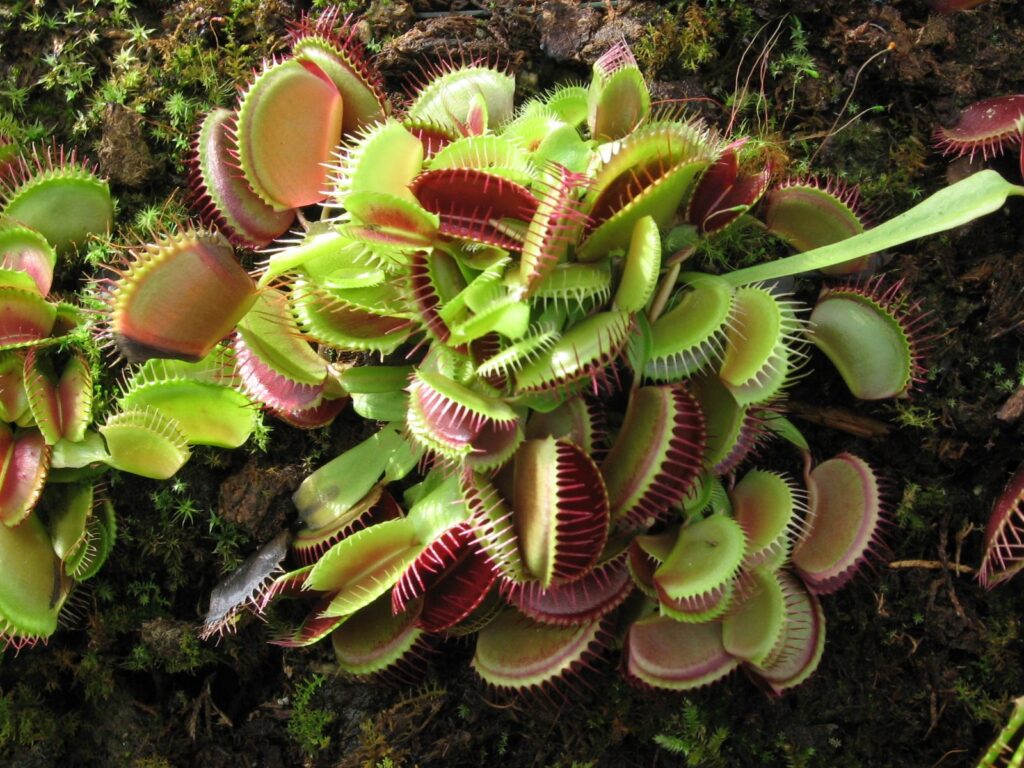
Leave a Reply